Monopoly has several pieces or tokens and Monopoly Car is one of them. If you have already seen the tokens, then you must have already seen the Car Piece.
In this post, I will dive deep into the Monopoly Car Token Details.
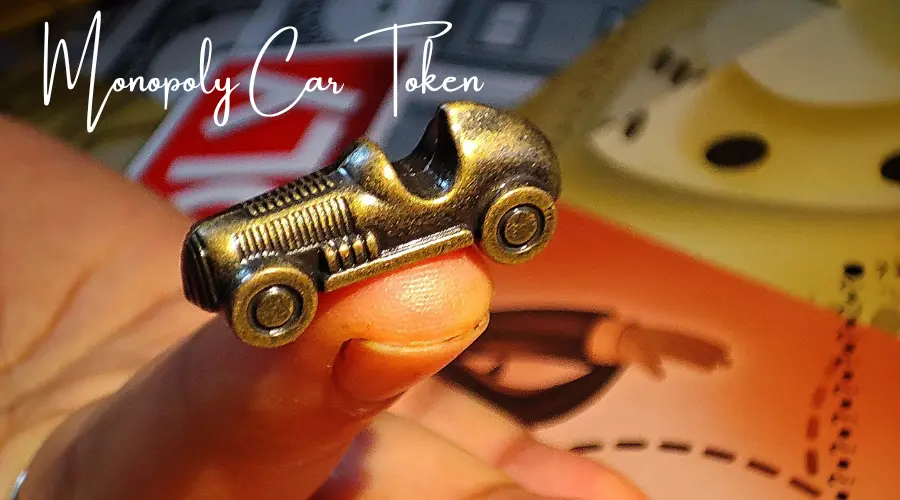
Let’s get started!
What is the Car in Monopoly?
The Monopoly automobile is a highly sought-after piece, leading to heated competition amongst players. But just what make and model of the car represents Monopoly?
The Monopoly vehicle’s manufacture and type remain a mystery, while classic automobile specialists have their suspicions. Here, we’ll take a closer look at four different makes and models of cars that are often cited as the basis for the Monopoly automobile token.
About Monopoly Car Piece
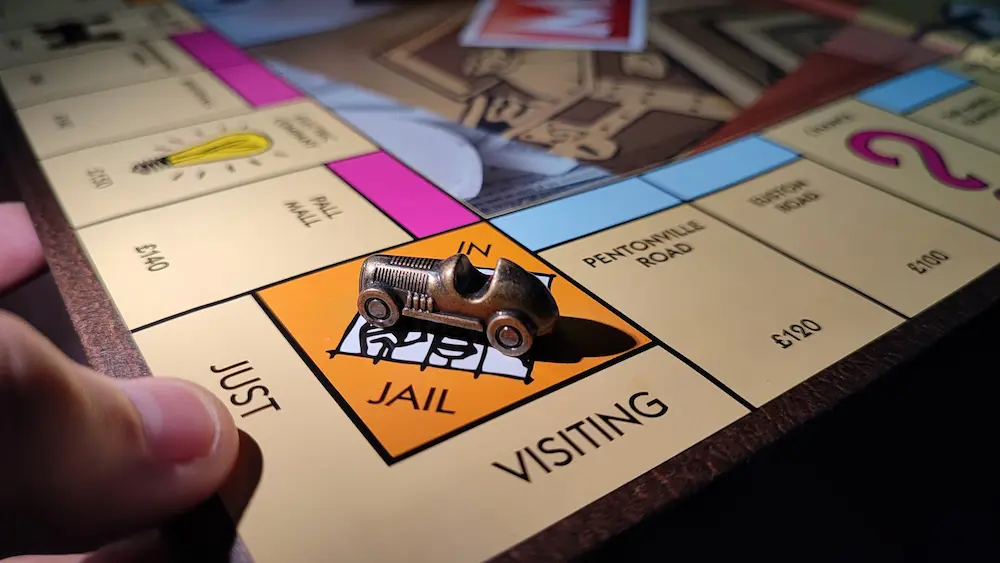
Addition as a New Piece
The automobile arrived here as the seventh token, somewhat before any others. This racer takes its sleek design from a classic roadster from the 1930s.
The first concept for the automobile token was to make it seem like the car that Mr. Monopoly would use to go around the board. It has gone through a few different iterations and, until the 1960s, had a “3” on one side.
The popularity of Monopoly Car Piece
The automobile was the most well-liked, chosen by 18%, followed closely by the dog in Monopoly, selected by 16%. Only 3% of respondents said they liked wheelbarrows, followed by 7% for thimbles and 7% for irons.
At the same time, Hasbro held a poll to choose which additional play piece would be included in the base set.
Versions of Monopoly It is Present as a Token
Monopoly Cars 2 Race Track is the version of Monopoly that has a Monopoly car present as a token.
What is the Monopoly Car Based On?
At first glance, the Monopoly vehicle may be mistaken for a vintage midget racing car from the 1940s. The midget car class of racing vehicles is known for its high power-to-weight ratio. The 1930s saw its inception in the USA.
The experts say the Monopoly vehicle was inspired by a Kurtis Kraft Midget racing car from the 1940s. The rounded windshield, vertical slat grille, open spoked wheels, tapering backrest, and round tail end are all present and identical.
Brief History of Monopoly Car
The vehicle in Monopoly, which initially looked like a WWII-era closed-top Chrysler, wasn’t one of the original six game tokens.
In 1937, Parker Brothers replaced their composite tokens with die-cast metal ones, ushering in the modern racing vehicle as we know it today. It’s the only currency introduced during that period that has survived to the present day. Several iterations were made to it during those formative years, some of which had a driver and the numeral “3” on the side.
According to Hasbro, the racing vehicle was supposed to represent Mr. Monopoly’s (Aunt Pennybags) roadster. However, it appears more like a classic racer from the 1960s or 1970s.
Some people think it’s a 1934 Mercedes Grand Prix W25, while others say it’s a Maserati 8CTF or an Alfa Romeo 158(Source). Jalopnik says it’s a vintage Kurtis Kraft Midget Racer.
How big is the Monopoly car?
The 48-volt electric engine of the 2009 life-size Monopoly Speedster, based on a modified golf cart chassis, develops 3.5 horsepower and allows the vehicle to reach a peak speed of 17 miles per hour.
The long nose, rounded hood, and grille with vertical slats are all present in the hand-molded fiberglass body.
Biscuit Filmworks, a commercial production firm with offices in London and Los Angeles, built the automobile for an AT&T ad that aired in 2009.
After filming ended, Darren Wright, an employee at the advertising firm responsible for creating the advertisement, was handed the Speedster.
Wright gave the vehicle to the Lane Motor Museum in December 2020. It was a great addition to the collection of unusual automobiles already housed there.
The automobile is attractive to look at, but driving it, according to Lane, is a hassle due to the fixed bench seat and giant steering wheel in the middle.
He complains that it is “extremely sluggish and clumsy” and that the vehicle has a “terrible” turning radius. “You’ll need to hunch over the wheel to view the gauges. No, it’s not a fun automobile to operate.
Even more so if you end yourself on private property, like Boardwalk or Park Place.
Similar Real Cars that Look like Monopoly Car
Monopoly Car is similar to several racing cars we saw in our past. The cars are as follows:
1. Ford Roadster(1932)
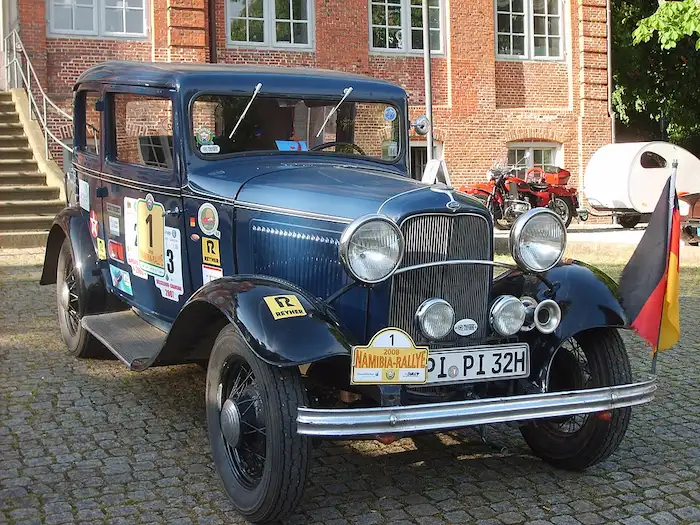
Ford built a road automobile called the 1932 Ford Roadster. As of the release of Update 1.17 for Gran Turismo 7, it has made its debut. The game is based on a resto-mod model of a 1963 Ford Fairlane on exhibit at the Henry Ford Museum and was built by Richard Smith of Arizona.
The United States is unrivaled in custom automobile production, variety, and quality. And the oldest style is the hot rod, which has become a cultural symbol in the United States.
This trend started in the 1930s, when people began customizing their Ford Model Ts and, subsequently, their Model A and Model B cars.
These vehicles had extensive external alterations, including removing fenders and engine hoods and modifying the body to create chop-tops.
As more advanced and robust engines were available in other parts of the globe, they were eventually installed in these automobiles.
(Source)
2. Mercedes-Benz W154
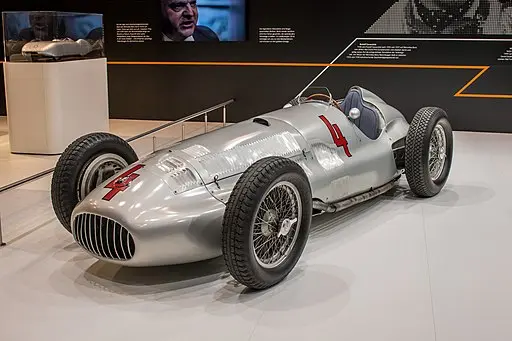
Rudolf Uhlenhaut created the Mercedes-Benz W154 for Formula One competition. Rudolf Caracciola won the 1938 European Championship in a W154, and the car raced in the 1939 Grand Prix season.
A regulation modification by the sports regulating organization AIACR, which capped supercharged engine capacity at 3000cc, inspired the development of the W154. The previous Mercedes model, the W125, was disqualified because of its supercharged 5700cc engine.
After considering the costs and benefits of adapting the current model to the new standards, the firm determined that it would be more cost-effective to build a brand-new vehicle on the W125’s chassis from the ground up.
A new body was utilized for the 1939 season, and the M154 engine from the 1938 vehicle was swapped out for the M163 chassis. Due to the improved performance of the new engine, the 1939 model is often identified as a Mercedes-Benz W163.
[Source]
3. Kurtis Kraft Midget Racer
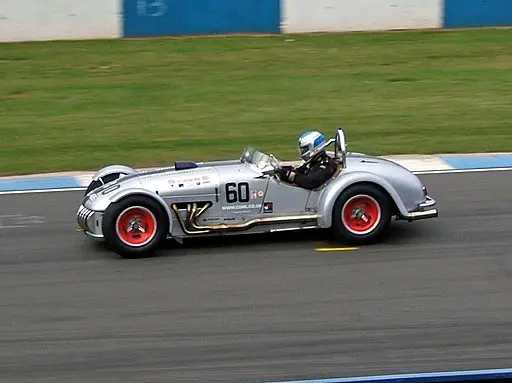
American racecar designer and constructor Kurtis Kraft. The business produced cars for the USAC Championship, the Bonneville Salt Flats, and the Bonneville Short Track. Frank Kurtis started it in the late 1930s when he constructed the first of his midget car chassis.
Using his name, Kurtis constructed several extremely low fiberglass body two-seater sports vehicles in Glendale, California, between 1949 and 1955. The underpinnings were a Ford (American) product.
Around 36 Kurtis Sports Cars were produced before Earl “Madman” Muntz bought the rights to the design and created the Muntz Jet. Their Indianapolis racers were also made available as road-legal vehicles in 1954 and 1955.
To judge by its outward appearance, the Monopoly vehicle seems to have been modeled by a midget racing car from the 1940s.
Midget cars are a kind of racing vehicles that have a very high power-to-weight ratio. They first appeared in the 1930s in the United States of America.
[Source]
4. Mercedes-Benz W25
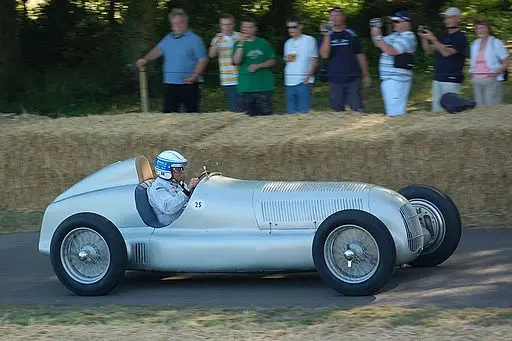
A further hypothesis proposes that the automobile from Monopoly is a Mercedes Grand Prix W25. This specific racing vehicle was developed for the Grand Prix season in 1934.
This would probably coincide with the period of the introduction of the Monopoly automobile token a year later, in 1935.
A significant similarity can also be seen between the Monopoly vehicle and the Mercedes Grand Prix W25, which can be seen in the car’s same side vents, elevated headrest, and curved body.
[Source]
5. Mercedes-Benz W125
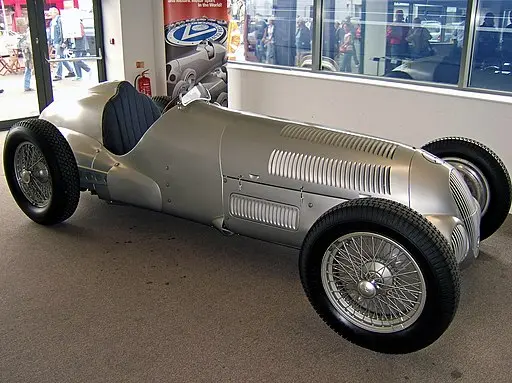
Rudolf Uhlenhaut was responsible for designing the Mercedes-Benz W125. This Grand Prix racing vehicle competed in the 1937 Grand Prix season. W125 drivers finished in second, third, and fourth place in the championship.
Rudolf Caracciola won the 1937 European Championship by driving this vehicle. Other W125 drivers finished in second, third, and fourth place in the tournament. Mercedes-Benz W125.
The W125 was widely regarded as the most potent road racing vehicle ever constructed for the first three decades. However, by the late 1960s, colossal capacity American-made V8 engines in CanAm sportscars had acquired comparable power.
The record was not broken in the actual Grand Prix competition until the early 1980s when turbo-charged engines became standard equipment on racing cars.
[Source]
Conclusion
Let’s conclude the post on Monopoly Car!
This is one of my favorite pieces in the game. I try to prefer it whenever I play the game. It’s just very beautifully designed and gives a well Classic Retro Car Look.
Thanks for Reading the post!
